[Weekender] A guide to surviving ‘jangma’ this summer
By Park Jun-hee, Hwang Joo-youngPublished : June 17, 2023 - 16:01
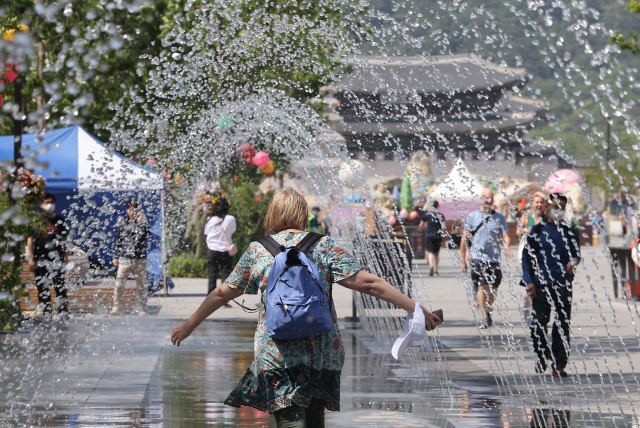
South Korea is expected to see more precipitation this summer.
With “jangma,” or the monsoon season, just around the corner, concerns have been growing fast not just because of the possibility of heavy rainfall ruining the hard-earned summer holidays but because of lessons learned from last year. The country was deluged with severely heavy rains last year, leaving nine dead, hundreds in Seoul displaced and over 2,800 buildings damaged. This year, experts advise not to panic, even if the worst possible scenario happens during this year's rainy season.
By prioritizing fundamental safety measures and incorporating essential tools and preparation, you have the power to greatly enhance your safety during the upcoming rainy season. It is crucial not to overlook these measures, as they are often taken for granted. Let's explore some key strategies that, when kept in mind, can make a substantial difference in ensuring a safe environment.
Safety precautions
Experts quoting the government's guidelines say it's better to keep yourself informed by turning to the news, television or radio and staying updated about the severe weather. The next step is to keep yourself safe inside from the rain and refrain from any outdoor activities. Then close the windows and doors properly to prevent mold or damage indoors.
Only if it is unavoidable to go out, keep an umbrella and raincoat handy and avoid walking along waterways or stepping in puddles. If you must walk alongside a waterway, stick to the farthest edge of the path away from the water. Also, never go near traffic lights, streetlights, electricity poles or high-voltage wires, as there’s a chance you could get electrocuted as water is a conductor of electricity. Stay away from any metal, water or electrical equipment during storms in the event that lightning strikes as it can travel through these materials.
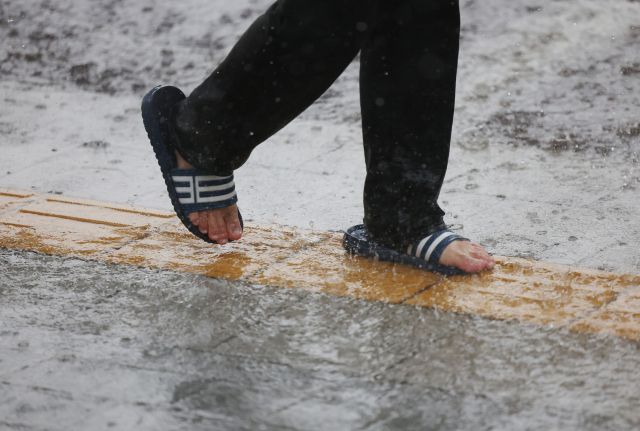
If, by any chance, you are temporarily stranded or trapped in a valley or stream, find an enclosed shelter. Stay away from elevated areas, trees, cliffs and open spaces and crouch down to minimize contact with the ground and wait until a rescue team comes to find you.
If you find yourself driving, make sure to do it slowly and carefully. A lower gear will help keep your momentum going, allowing you to get through inundated areas without flooding the engine.
It’s crucial to know about the evacuation routes, shelter plans and flood responses in your area in case of an emergency, including possible infrastructure damage or lightning.
If you’re in a low-lying area, including subway stations and flood-prone semi-basement units, immediately move to higher ground if told to evacuate. If you have time, unplug electrical appliances at home before you leave.
In the case of low-lying homes, the Seoul Metropolitan Government plans to install flood control barriers in at least 20,000 flood-prone semi-basement flats by June to prepare for extreme rains this summer.
If you face a life-threatening situation on a day with severe weather, dial 119 -- the emergency and rescue hotline equivalent to 911 in the US and other countries -- for help.
Weather warnings
This summer, emergency disaster message alerts will be issued to all those residing in the greater Seoul area, according to the weather agency. The alert system comes as the country braces for the rainy season as forecasts predict that El Nino is set to return this year. El Nino is a climate phenomenon in which sea surface temperatures in the central and eastern Pacific are warmer than usual, and high pressure in the western Pacific moves eastward and affects the placement of air pressure near the Korean Peninsula, and the weather here.
Starting Thursday, the alert messages will be issued during rain conditions when the local area is receiving 50 millimeters of rain per hour or 90 millimeters of rain in three hours.
Also, Seoul Emergency Operations Center’s general situation room -- which accepts reports on accidents and disasters -- will expand the number of emergency call centers from the current 24 to 40 to prepare for a surge in phone calls during the summer rainy season.
Monsoon essentials
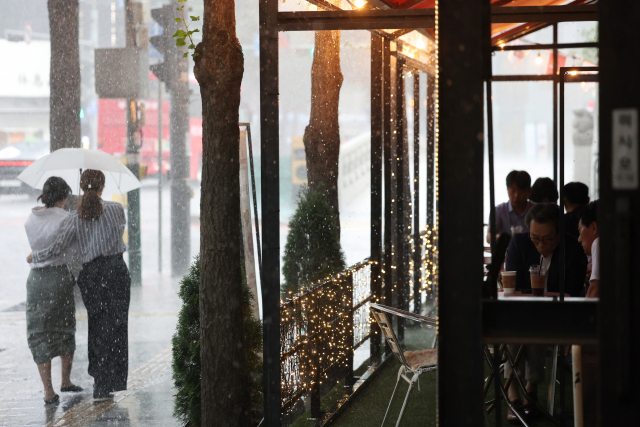
Evacuation Bag
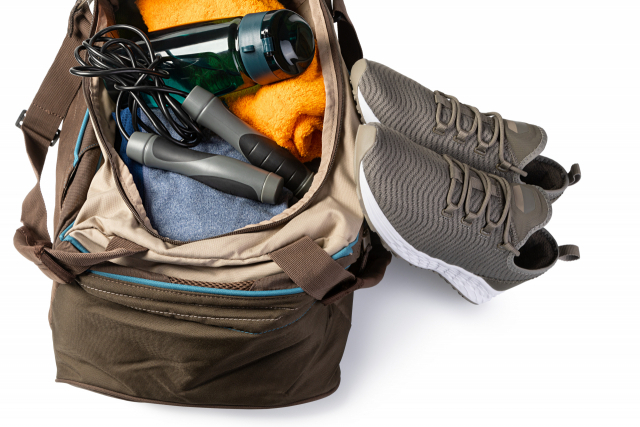
You can never be too prepared during the monsoon season, or in the event that a powerful typhoon slams the country, so having an evacuation bag with the essentials you need to survive on your own during an emergency is necessary.
Such an emergency flood kit should include bottles of water and non-perishable foods like granola bars or nuts in case you need to spend a long time without access to proper food, as well as a set of clothes to change into.
Once you’ve packed the basics, consider packing emergency cash, a portable phone charger, any necessary medications, a battery-powered flashlight and a whistle to get the attention of rescue personnel.
First Aid Kit
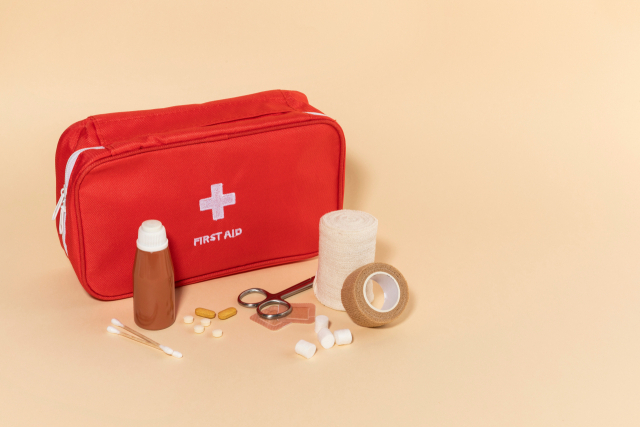
Don’t forget to prepare a well-stocked first-aid kit in your home to reduce the risk of minor injuries worsening during an emergency.
The kit should contain basic toiletries. Bandages, compresses, scissors, adhesive cloth tape, antibiotic ointment, antiseptic wipes, disposable sterile gloves, gauze pads and a thermometer should also be ready.
Also, consider keeping a first aid manual containing details on how to treat injuries during emergencies.
Rain gear
A rain jacket is a summer closet staple you must have to keep yourself dry outdoors during the rainy season.
Apart from an umbrella that can shield your head on a rainy day, a waterproof rain jacket should not allow a single drop of water to soak your body from the rain, keeping you dry and protected from rainy weather conditions.
Waterproof footwear
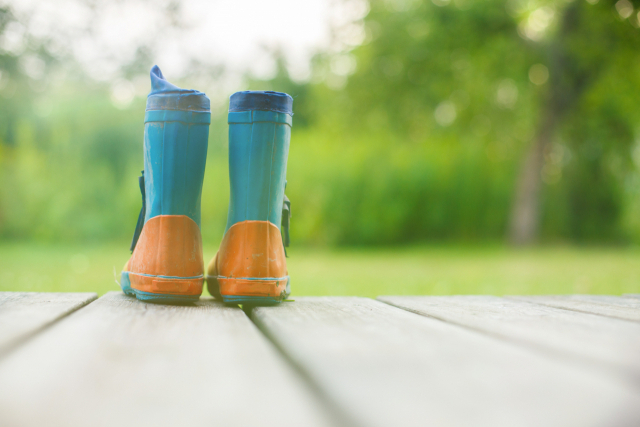
A pair of waterproof footwear like rain boots is also very important to keep your feet dry, clean and protected from puddles, mud and debris.
Insect repellent
Insect repellent is a must for keeping at bay some of Korea's most unwelcome summertime guests: mosquitoes.
As warmer weather and more rainfall bring the most mosquitoes to the country in summer, arming yourself with bug spray and mosquito netting will protect you from getting huge bites and let you get a good night’s sleep. Also, a mosquito-killing racket will come in handy.
Also, Seoul’s Seocho-gu has been deploying “mosquito sheriffs” every summer since 2017 to control mosquitoes, where they walk around residential areas and parks to carry out anti-pest measures. You may be able to take advantage of this opportunity if you are a resident in the district.
Humidity Absorbers
Equip your house with the rainy season with humidity absorbers since the summer monsoon brings unhealthy living conditions such as dampness, musty odors and mold, and can even peel the paint off your home.
To make your house monsoon-ready, place moisture absorbers and desiccants in areas that are prone to humidity and require good ventilation.
Monsoon-proof phone case
Don’t forget to stay connected and protect your main electronic devices during the rainy season with waterproof cases. With a touch-sensitive case, you can use your phone without worrying about it getting wet from the rain.
Umbrella
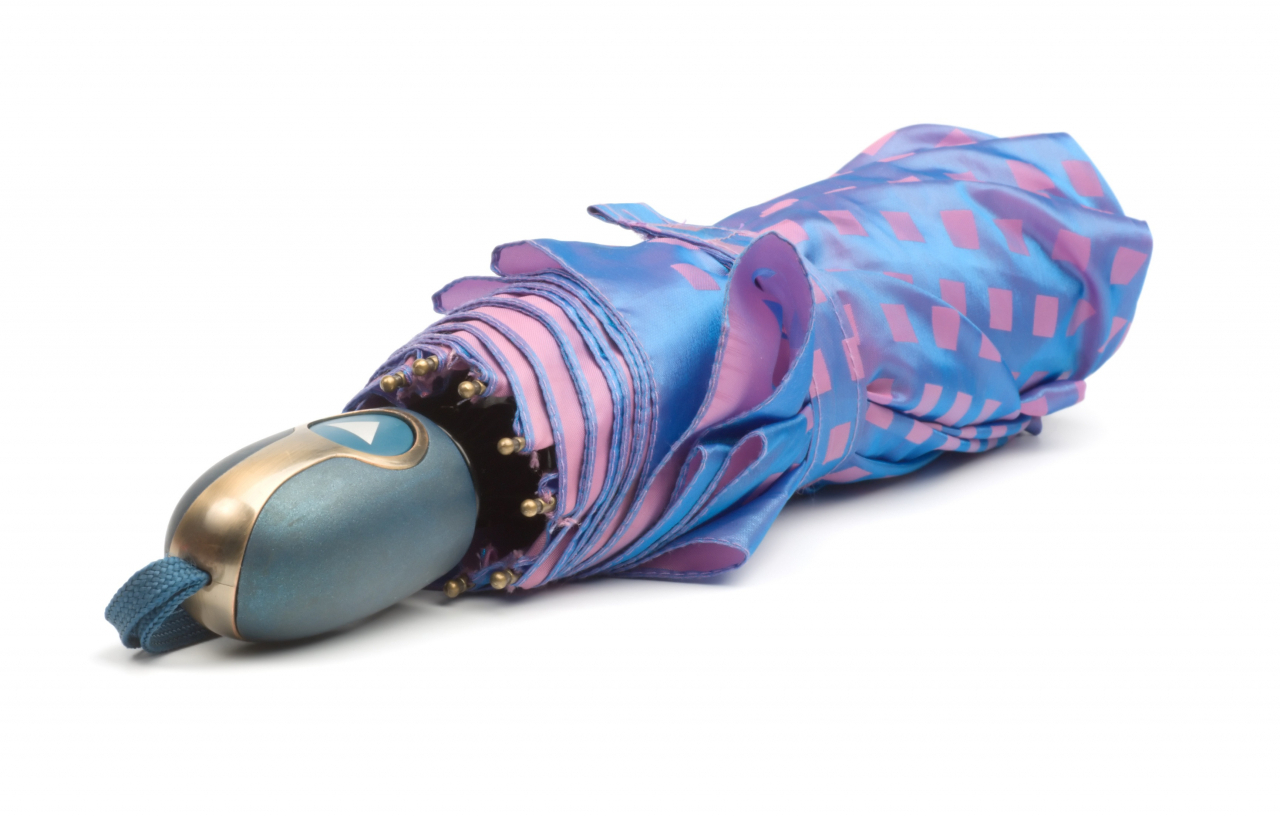
An umbrella is the most basic necessity you should carry with you at all times during the rainy season as rain can start abruptly and it’s always better to be prepared. It can shield you from various unexpected weather phenomena and keep you dry on rainy days.




















